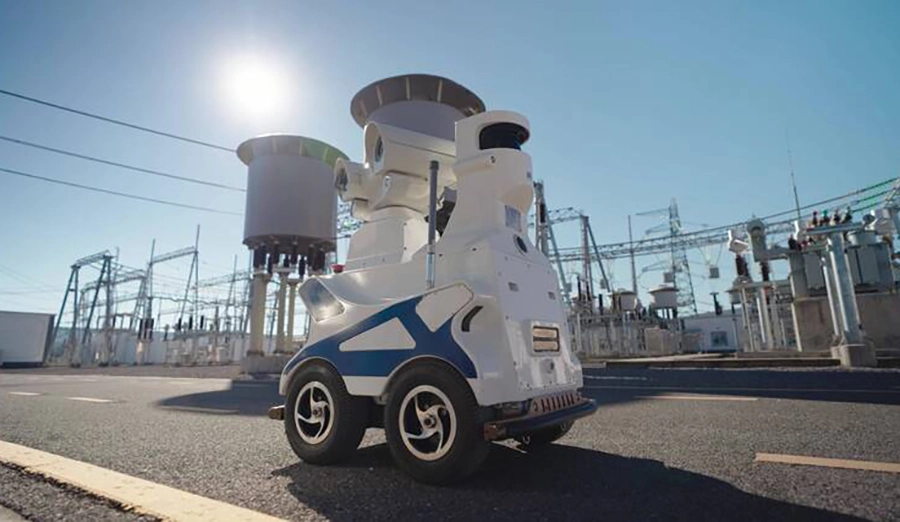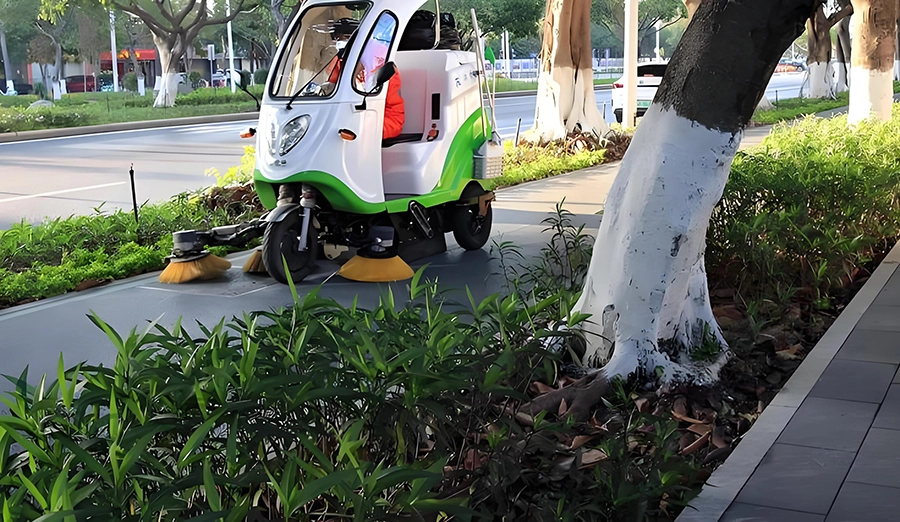
WIRELESS CHARGING IN THE NEWS
Power inspection robots are widely used in modern power systems, and their efficient and accurate inspection capabilities significantly improve the safety and reliability of power systems. As a key equipment, the charging mode of the power inspection robot directly affects its operating efficiency and service life. At present, the charging methods of power inspection robots mainly include wired charging, battery charging and wireless charging, which have their own characteristics and application scenarios.
Wired charging is the most traditional and common way of charging, transferring electrical energy to the inside of the robot through a physical connection. Its advantages are mature technology, low equipment cost and high charging efficiency. However, this method requires manual or robot to autonomously insert the charging cable into the charging interface, which is complicated and limited in operation, especially when the power inspection robot needs to move frequently, the wired charging method is more inconvenient. At the same time, frequent insertion and removal of charging cables and interfaces will also lead to wear and increase maintenance costs.
The battery charging method is to achieve the robot battery life by replacing the fully charged battery. This method solves the operating inconvenience of wired charging to a certain extent, and can quickly replenish electric energy for the robot, reducing the downtime caused by charging wait. This mode is especially applicable to scenarios that require continuous operation for a long time, such as frequent inspection tasks. However, this method has high requirements for battery management and maintenance, requires additional battery reserves and replacement equipment, and has a large initial investment.
As a new charging method, wireless charging realizes energy transmission through electromagnetic induction or magnetic resonance principle, and the power inspection robot can be charged without physical contact. The biggest advantage of wireless charging is its convenience, the robot only needs to be close to the charging area to start charging, which greatly simplifies the operation process and eliminates the inconvenience of wired charging. At the same time, wireless charging avoids the wear problems caused by physical contact, and the service life of the device is longer and the maintenance cost is lower. Since there are no exposed electrodes, wireless charging also has significant advantages in terms of safety, reducing the risk of short circuits and electric shocks.
Although wireless charging has obvious advantages in terms of convenience and security, it also faces some challenges. First of all, the efficiency of wireless charging is relatively low, and the charging time is long, which limits its application scope to a certain extent, especially in scenarios that require high frequency and long-term operation. In addition, wireless charging technology is relatively complex, the cost of equipment is high, especially for large-scale deployment of power inspection robot systems, the initial investment pressure is greater. Wireless charging is also susceptible to interference from the surrounding electromagnetic environment, which may affect the stability and efficiency of charging.
In the application of power inspection robots, the selection of suitable charging mode needs to consider the specific needs of robot operation and application environment. Wired charging is applicable to scenarios that are sensitive to charging efficiency and cost. Battery charging is suitable for frequent and long-term inspection tasks. Due to its ease of operation and high security, wireless charging has gradually attracted attention and application, especially in scenarios where frequent charging is required and manual intervention is inconvenient.
In the future, with the continuous progress of wireless charging technology, the charging efficiency is expected to be further improved, the cost of equipment is gradually reduced, and wireless charging may become the mainstream way of charging power inspection robots. Through continuous technological innovation and application optimization, power inspection robots will be able to achieve more efficient and reliable operation, and further improve the intelligence level and safety performance of the power system.







